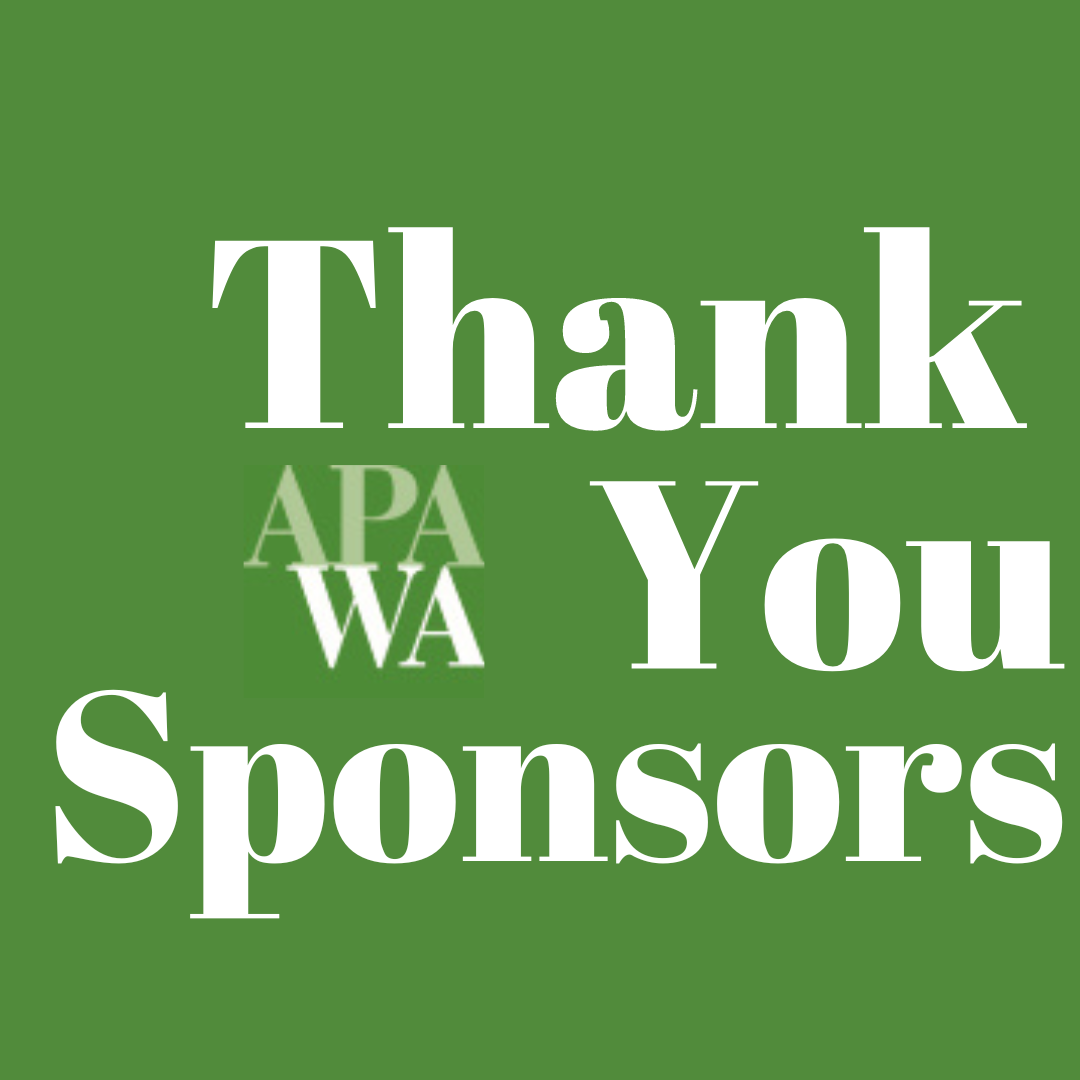- About Us
- Events & Training
- Professional Development
- Sponsorship
- Get Involved
- Resources
Engaging Youth in PlanningBy Jacqueline Reid, AICP Quite recently a new member joined the team of planners at Snohomish County Planning and Development Services. He had completed a lengthy career in the military, and came to the County to continue his passion for public service and community involvement, this time at a local level. His numerous skillsets and broad experiences matched the needs of the team and we are fortunate to have him with us. By his own admittance, my colleague noted that, up until applying for the position, his familiarity for local government and land use planning was rather limited, despite being a long-time resident in the County. He noted to me that he felt that this lack of familiarity by the community with local government and community planning was not unusual, based on his communications with a broad network of friends, family, and neighbors. He, like many he had communicated with, didn’t feel adequately connected with local government or fully appreciate the gifts to the community provided by engaging community planning. The context for this discussion was, in part, Snohomish County Planning and Development Services’ work to improve its outreach to communities on land use planning, particularly communities for whom English may be a second language or for community members that felt similarly unaware or disconnected from local government. For me personally, this discussion served as another reminder of the benefit of the work that the chapter’s planning volunteers are undertaking to reach out to the community—in this case, youth—to engage in planning. I have been actively involved with the chapter’s Youth in Planning Task Force for the past few years. It has been my privilege to work with a team of dedicated volunteers on the Task Force mission to increase students’ understanding of planning issues and the planning profession, and promote the benefits of good community planning. Recently the Task Force has, among other exciting youth-focused events, refreshed its webpages. We wanted to provide a valuable resource for the benefit of its members. You may recall that in 2015 the chapter surveyed members’ satisfaction with the chapter. Access to information was identified as the main reason for members joining the chapter. In addition, while 22% of respondents expressed an interest in volunteering with the Youth in Planning Task Force (which was extremely encouraging), the Task Force was considered the least satisfying and least important chapter committee to the members based on the survey results. With every challenge, however, there comes an opportunity. While the survey results were discouraging, it was an opportunity to consider how the Task Force could improve our services for members; specifically, how we could improve our services to satisfy the interest of members by providing better access to worthwhile and relevant information. The recent major refreshing of the Youth in Planning webpages (http://www.washington-apa.org/youth-in-planning) was a big step in this direction. Take a look at the pages and use the tools for engaging youth in community planning. Add your own experiences working in schools to introduce planning to students. Add tips on what worked, and what seemed like a good idea, but wasn’t quite so successful! Learn more about the chapter’s work engaging youth in planning by listening to a recent national APA webinar on “Taking Planning into the Schools”. There are planning-related, K-12 classroom activities already being planned by Youth in Planning Task Force volunteers for the 2016-17 school year at the following schools:
Why not contact one of your own local schools to see if they would be interested in having planners get involved in their classrooms. And think about volunteering on the Task Force, too. Co-chairs Steve Butler, FAICP and Gwen Rousseau, AICP would love to hear from you! You may wonder what this has to do with my colleague’s expression of the disconnectedness between community planning and the community. Working with youth to engage them in planning communities for their futures and to meet the needs of youth are not only worthwhile endeavors themselves, in my opinion, it can also encourage young people to consider a career in planning and a better understanding of local government. Consider for a moment, how many changes in social behavior have started because of the influence of youth on their parents or caregivers? Perhaps in a similar way, teaching youth about community planning can be a catalyst that encourages adults to be more aware of and involved in community planning. With the new academic year just around the corner, this is a great time to start thinking about, planning, and engaging in discussions and projects with youth in your own community! Return to the August/September issue of The Washington Planner |

